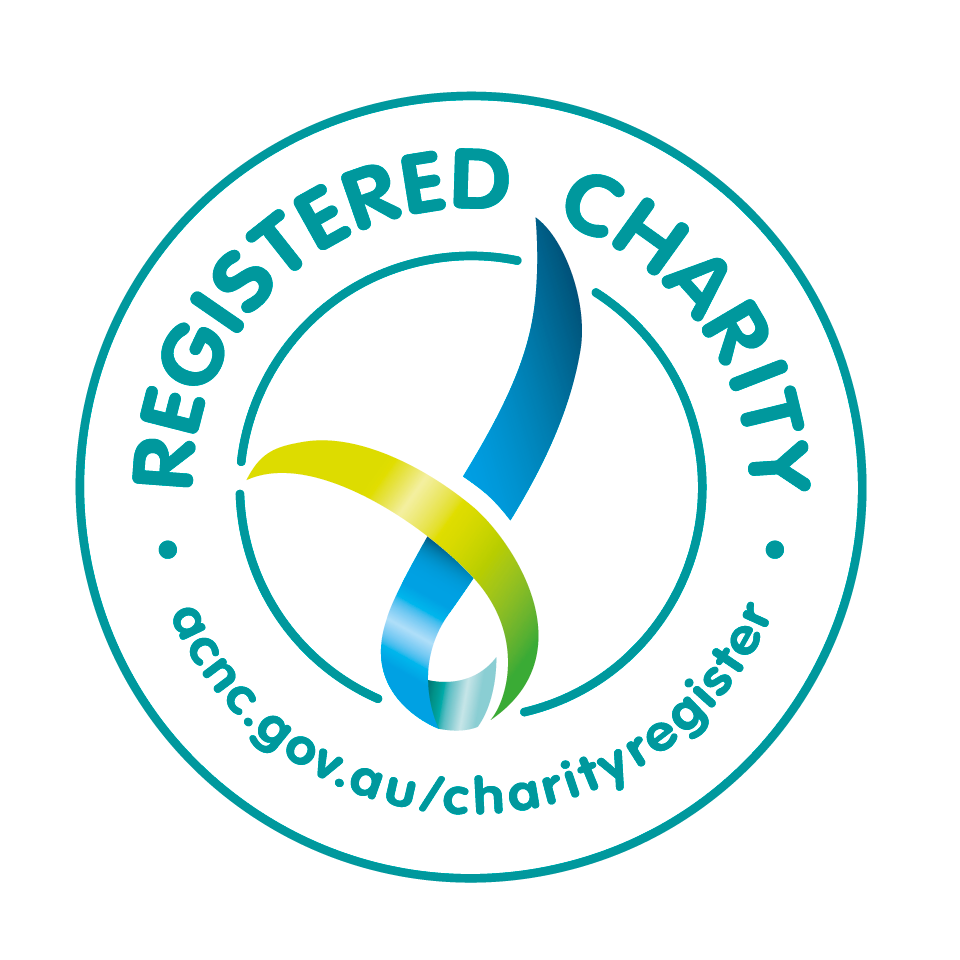
Doctor Toby Ford for Queensland Farmer Today | May, 2022
Welcome back
Last month I was talking to you about the concept that we could all go to Bunnings as an analogy for always staying flexible about new ideas and tools for solving life’s challenges and problems.
In stress management terms, life’s challenges and problems are called stressors. Stressors are imagined or real. An imagined stressor is thinking of what might happen to us, while a real stressor is something that has or is happening to us.
Within the realm of both types are three different sizes of stressors. A stressor like a drought, fire or flood is usually regarded as a cataclysmic size, meaning it affects large groups of people at one time or another. The war in Ukraine is big, but so too are the floods of northern NSW and south-east Queensland and the droughts of inner Australia.
The next category of stressors are called life events. Usually, life events affect your family or close group of friends. Marriages, births, deaths, sale of a property and completion of qualification are events smaller groups go through.
Lastly, the groups most commonly experienced on a daily basis are hassles. These are things you might see every day and they include, falling off your bike, spilling sauce on your going to town frock, and banging your knuckles undoing a bolt, missing tennis serve at sport, preparing to do a public speech.
We put stressors into these six categories for a reason. It is mainly because once sized up we can then decide if we need to use big tools or small tools so to speak to address them.
Interestingly you will see I’ve not offered any definition of a stressor as being good or bad, right or wrong, sad or funny at this stage. That is because the biggest thing you and I do every day is to interpret and perceive stressors for ourselves. We then decide if they are a source of what we can call good stress or bad stress.
Consider this logic. A stressor real or imagined must be determined by you based on past knowledge, sometimes no known knowledge if it looks it is a source of distress. This means you see it as a danger, threat, negative, harmful, or fear-producing or you could lose by having it happen to you. Distress is more commonly recognised as stressful. But if you have shared a house or workplace with anyone, you know that sometimes lots of stressors can be interpreted by others differently to you. Has your wife or husband ever interpreted anything differently from you? So for this difference of interpretation, we talk about some stressors being a source of challenge, opportunity, positivity, and success or they could lead to a win for you or be positive as an experience.
This second form of stress impact is called eustress. “Eu” is a Greek word for good. While Distress or Dys is a Greek word for bad. If ever you watched “My Fat Greek Wedding”, you know that the Greeks invented lots of words, they invented Eustress and Dystress. I think the derivation of such terms is actually from the Latin language but let’s not worry too much about invention, let’s look at the incorporation of the two types into your thinking. The thing in the modern day is we fail to remind people that the two types of stress exist. Generally, the media conveys stress as being bad and this is quite wrong. Nothing is good or bad, right or wrong, black or white, in or out, until you interpret it for yourself.
I will tell you why. For both situations where you might say receive an award for good service or you are about to jump out of a plane, the two circumstances produce, nervous heart rate rise, sweaty palms, tummies to rumble, vision to improve, breathing to speed up etc. What is decided by you is if the symptoms you are experiencing are due to something good or bad.
Over the years I have tried to encourage lots of people to start to talk about stress as being both good and bad. Stress management is about altering one’s perception of a stressor. This is possible it just needs tools for the occasion.
If you don’t have the right tools to alter your perception then you need to go to get some new tools and that is usually asking for help, reading up about tools, maybe reminding yourself that in the past you have had something happen from which you learnt how to adapt and see it differently. So over the next few weeks, add to the blue dot we talked about a couple of months ago, which is the space between you feeling in control versus blowing up, cut yourself some slack and permit yourself to get new tools. Then apply these where ever possible to build up a skill of managing your perceptions better.
Next time we will look at 6 skills I recommend to manage stress better.



